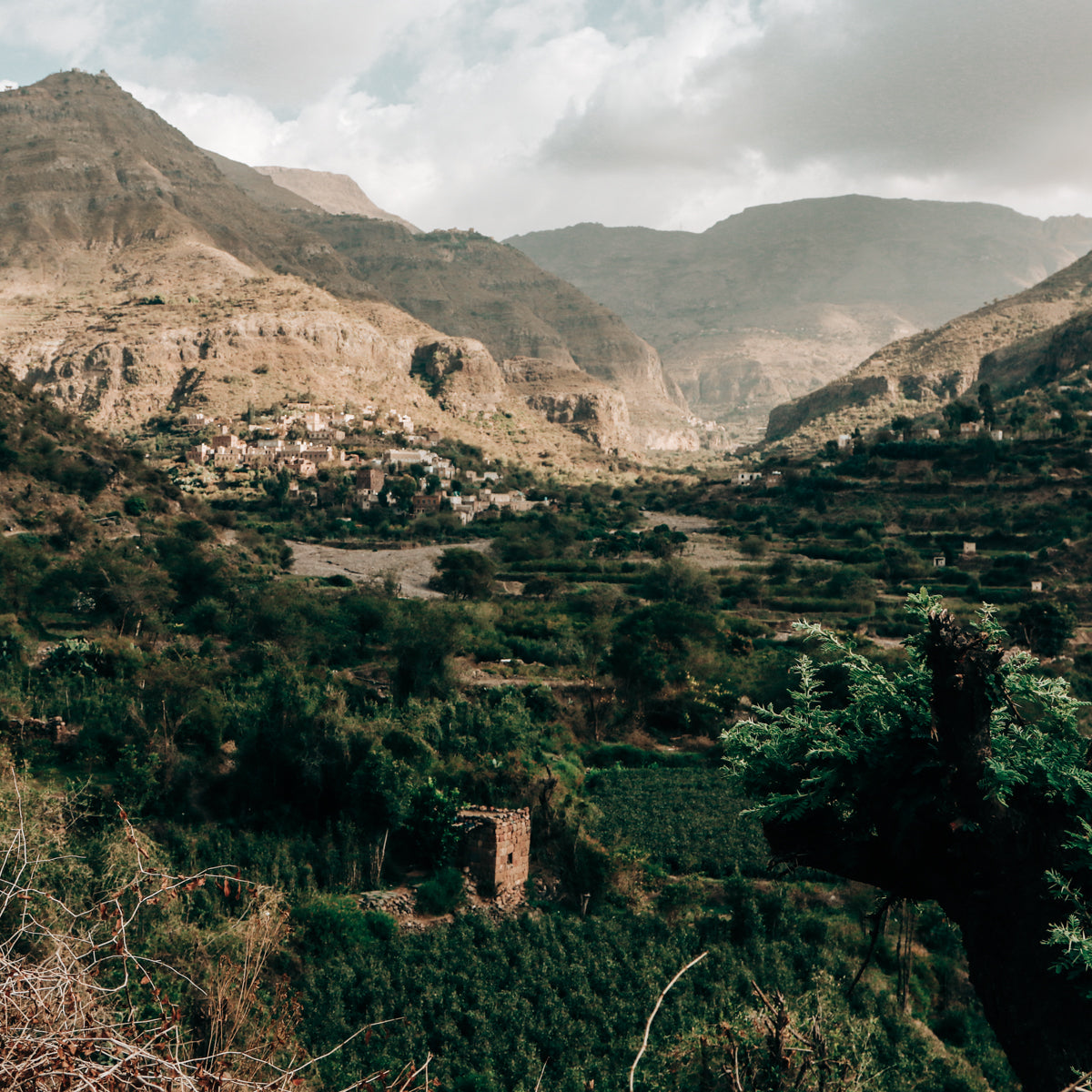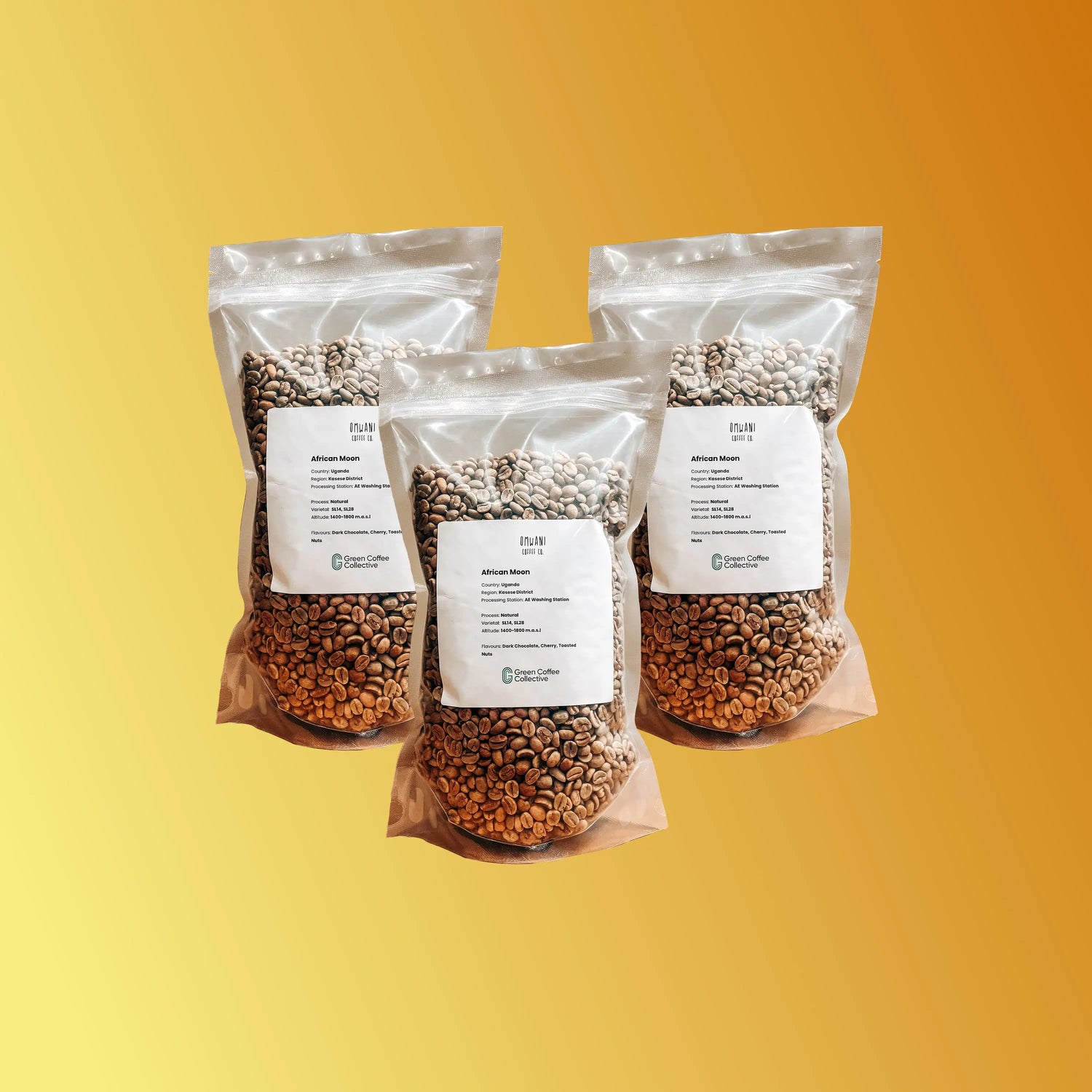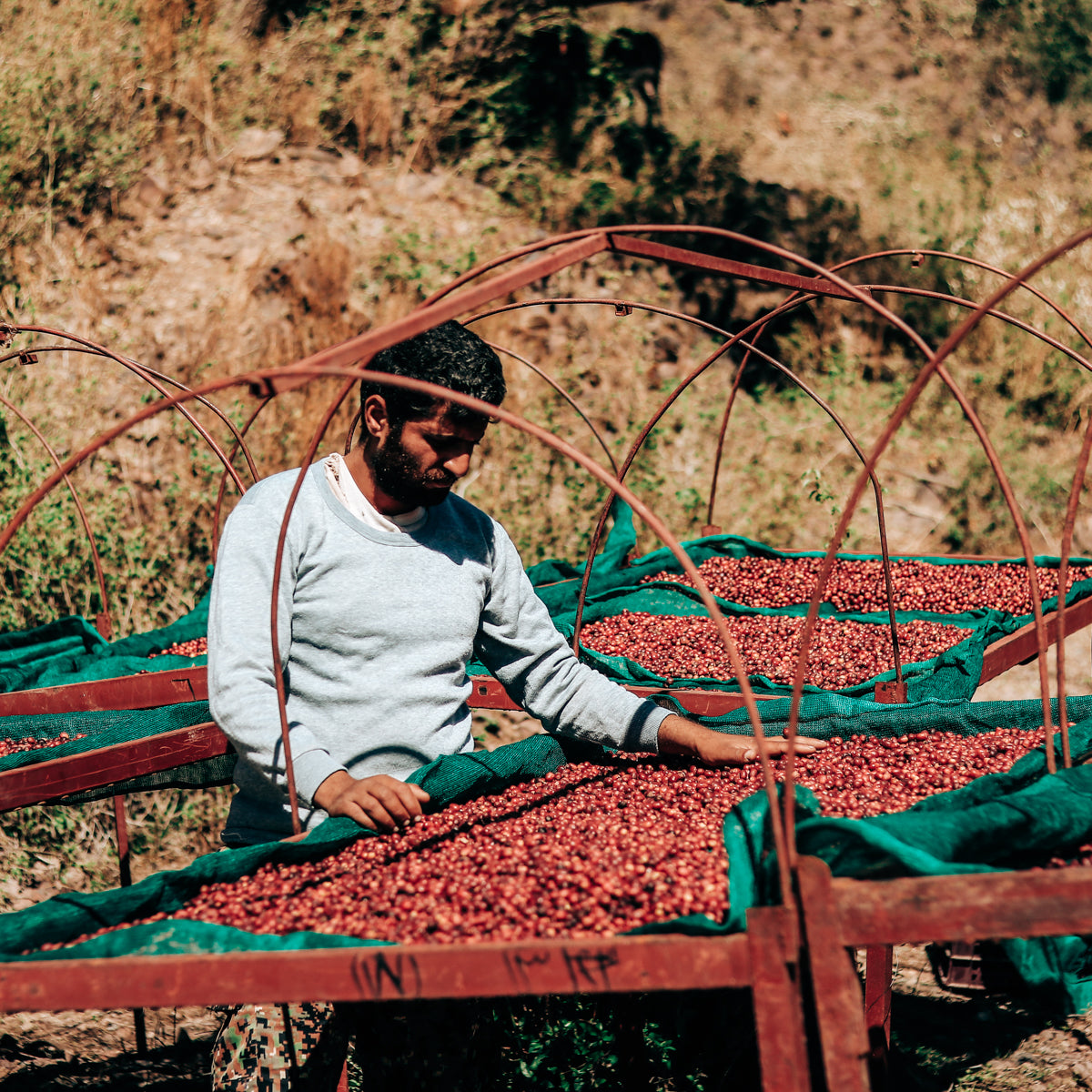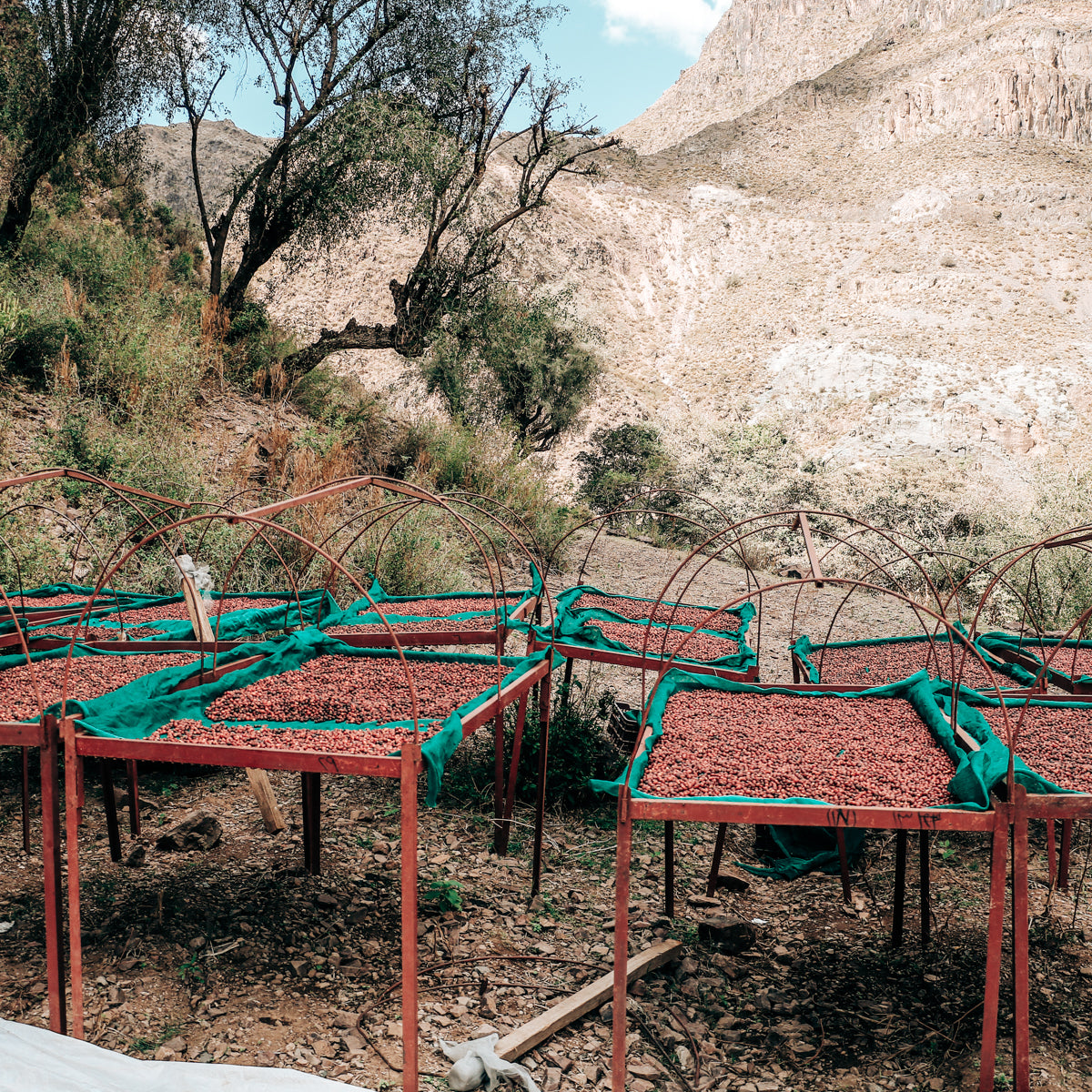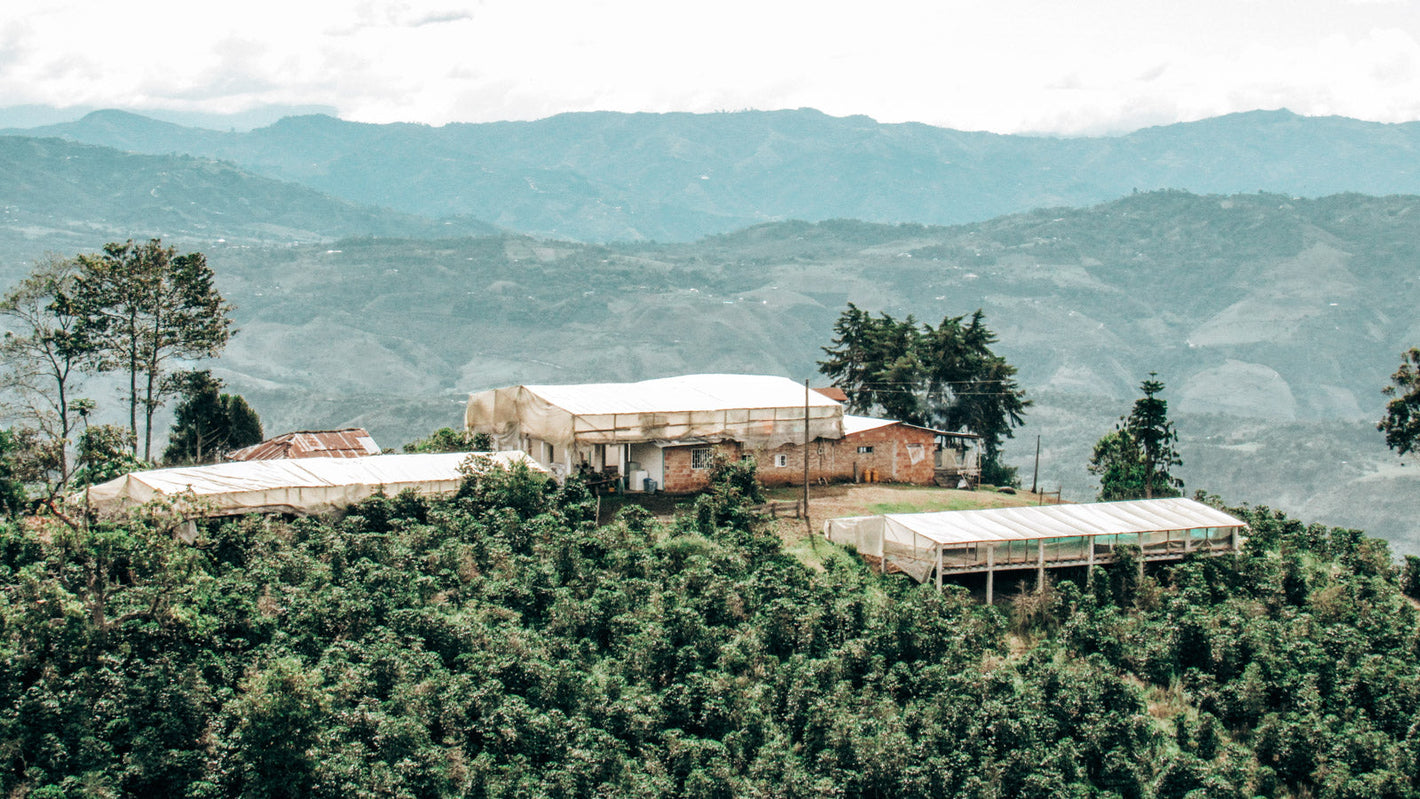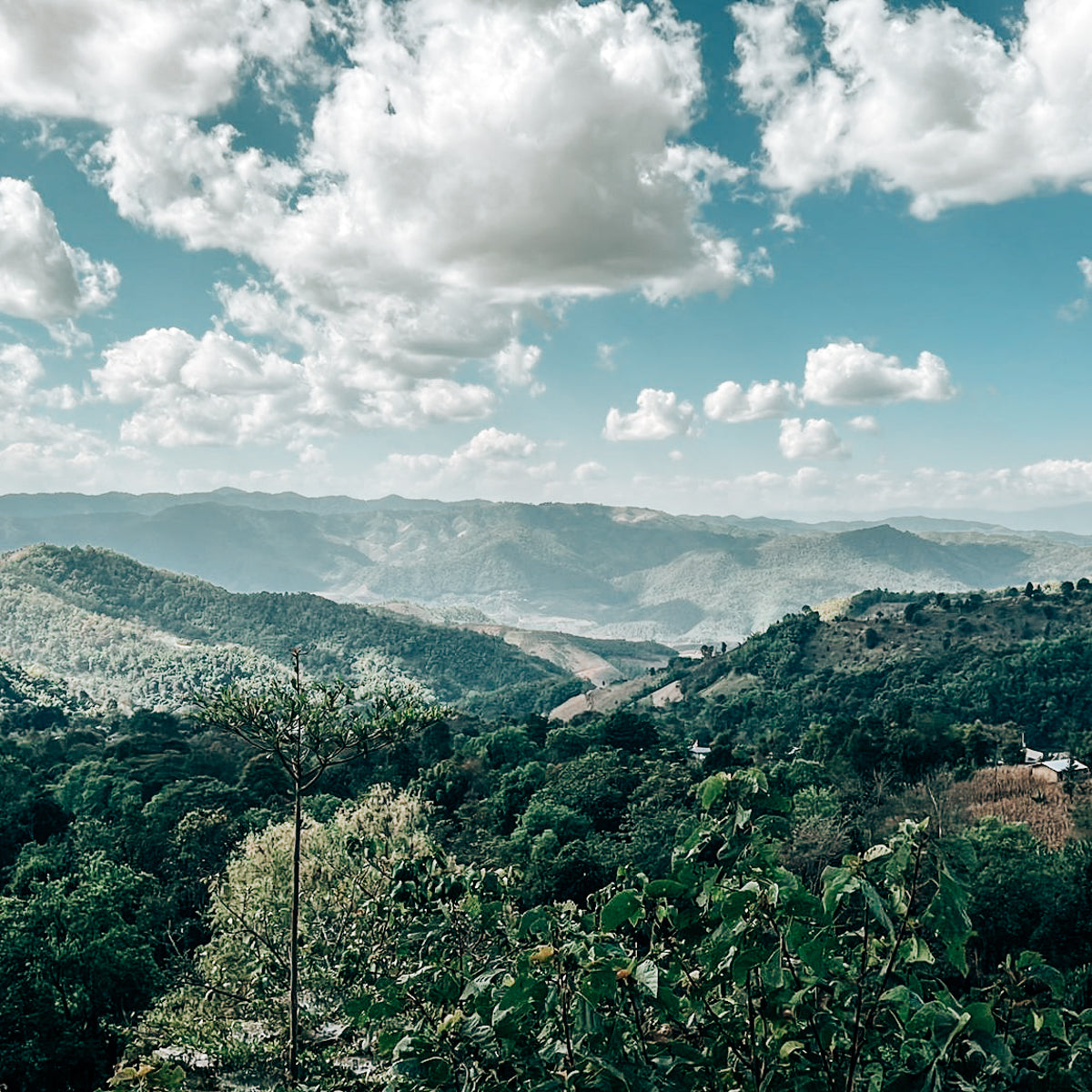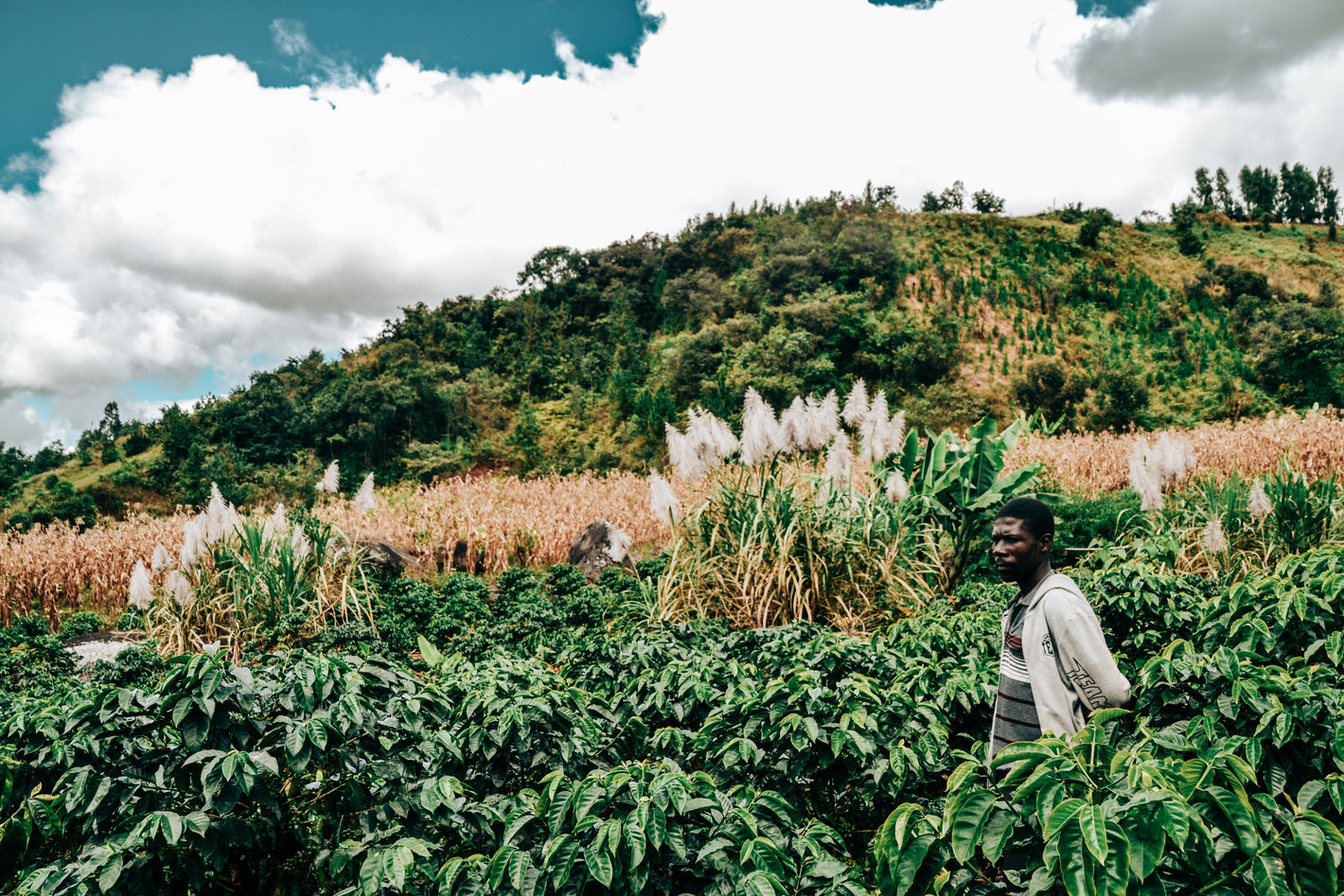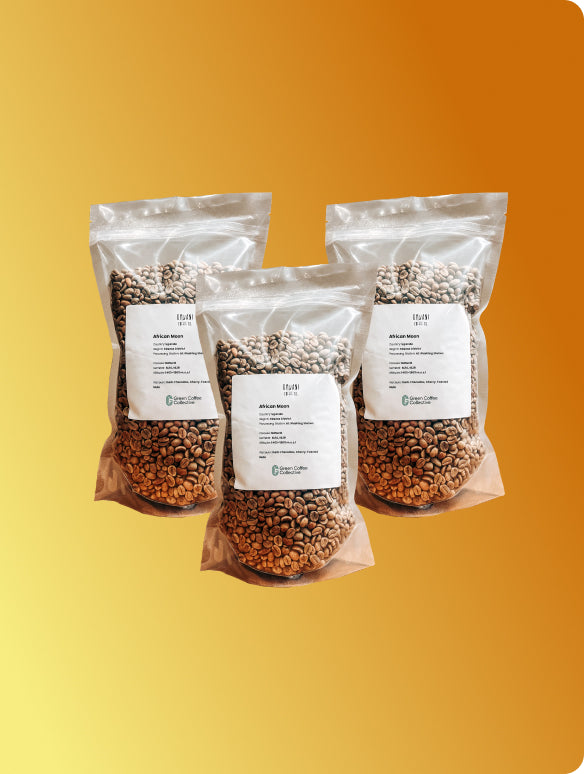The Middle East is home to some truly exceptional coffee-growing regions, with Yemen and Saudi Arabia standing out for their unique contributions. Both countries have their own stories to tell, shaped by the land, the climate, and centuries-old traditions.
Yemen
Coffee from Yemen is steeped in history and celebrated for its distinctive character. Grown in the high-altitude mountains, Yemeni coffee cherries ripen slowly, allowing their natural sugars to develop fully. This results in an exquisite flavour profile that includes earthy notes, hints of dried fruit, spices like cardamom and cinnamon, and a lingering chocolate finish. Farming here is no easy feat—the dry climate and rugged terrain mean cultivation and processing rely on traditional, labour-intensive methods. While this leads to smaller yields, it also enhances the artisanal quality of Yemeni coffee, making it a rare and highly sought-after treat for lovers of specialty coffee.
Saudi Arabia
In Saudi Arabia, coffee farming is concentrated in the southwestern regions of Jazan, Hejazi, and Asir, where small farms are often found on steep, rocky hillsides. Despite the challenging growing conditions, including rising temperatures and limited irrigation, Saudi farmers produce several unique varieties such as Khawlani, Berri, Harari, and Bahri. Most of the coffee grown here is enjoyed locally, reflecting its importance in Saudi culture and hospitality.
Saudi coffee is typically lightly roasted, just shy of the first crack, which highlights its bright, nuanced flavours. Expect notes of raisins, dates, and dried fruits, balanced by warm spices like cardamom and cinnamon, with a touch of dark chocolate. The country’s dedication to preserving its coffee traditions, despite modern challenges, ensures that Saudi Arabia continues to play an important role in the Middle Eastern coffee story.
